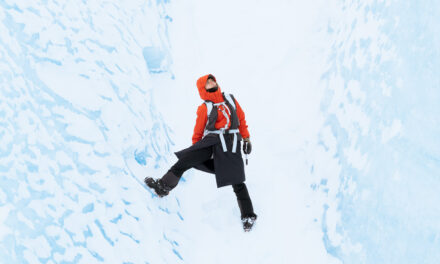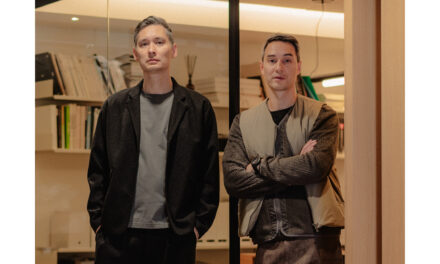The Long Uphill Battle
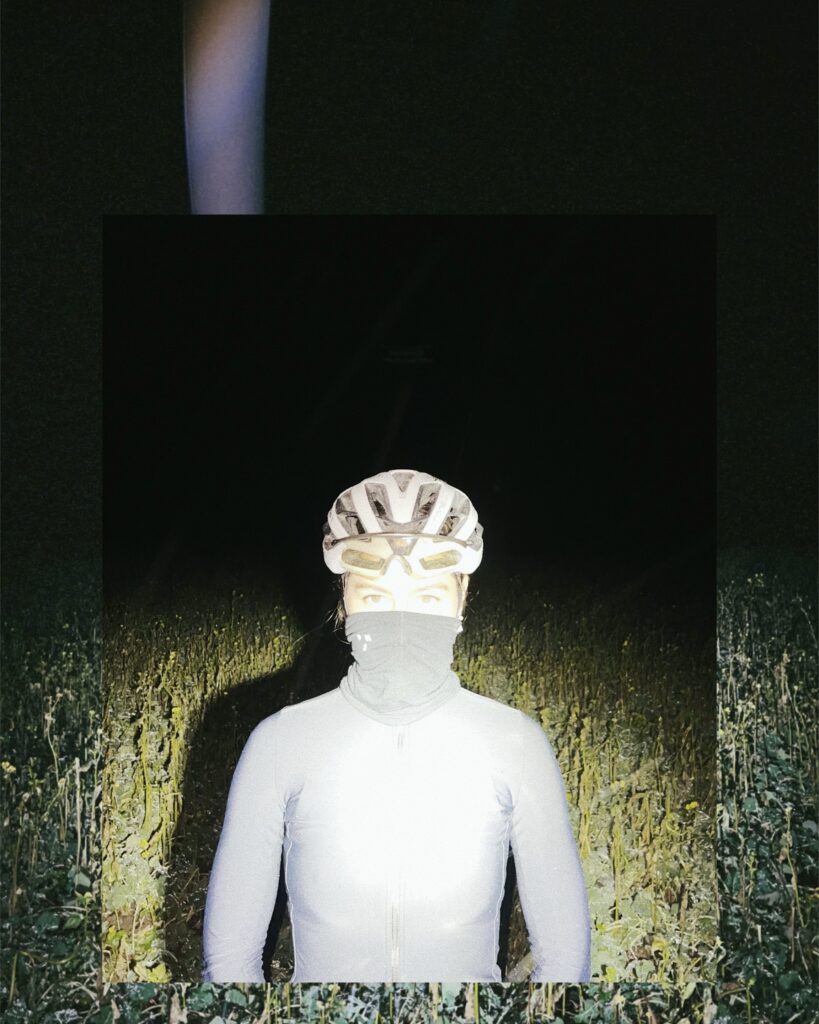
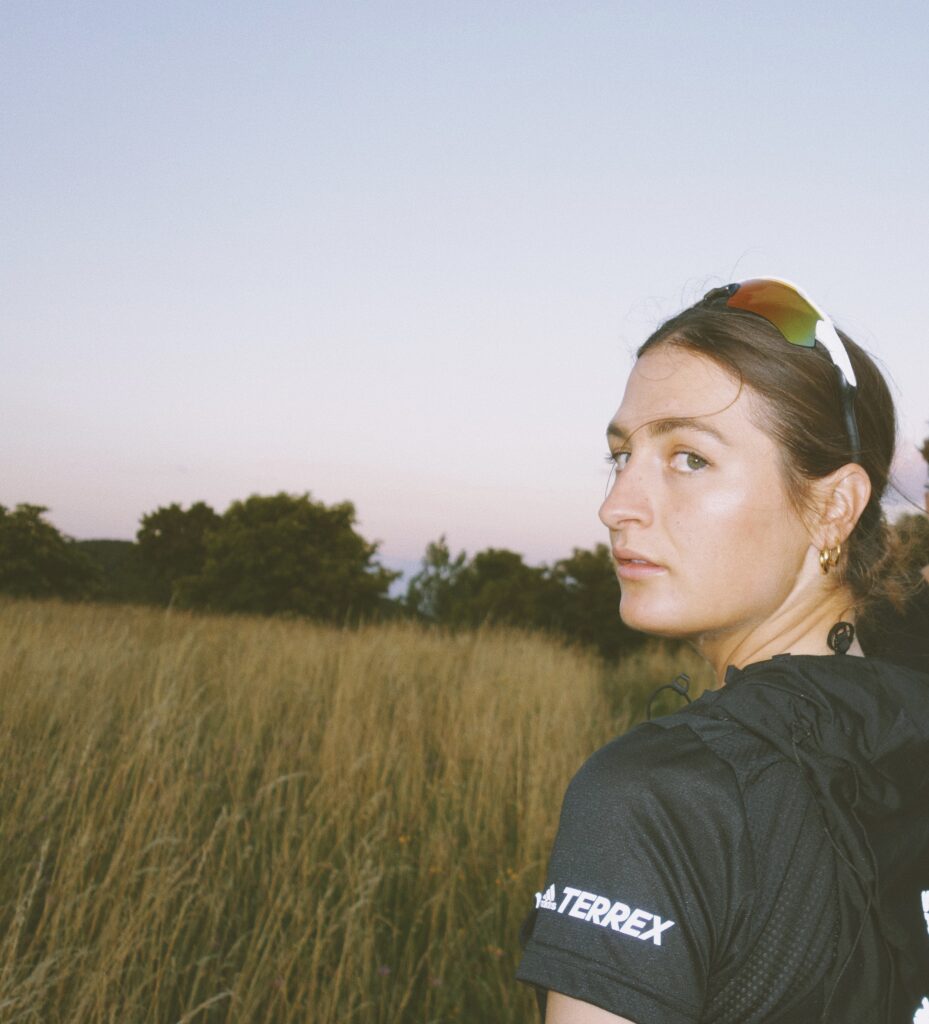
We met Anna Kollmann-Suhr just after her training camp with the newly founded PAS RACING team in Girona. Anna speaks about her fascination of riding bikes, the ups and downs of her career as a cyclist, on overcoming old habits and how she painfully had to learn to take a step back.
Hey Anna, let’s start with something special. Do you remember the first moment in which you thought: wow, this is cycling.
Oh yes, there’s definitely this core memory. I remember it as if it was yesterday. It was so mundane yet so monumental. It was the first time I rode through the Vienna Woods, it was my first time climbing and my first time descending properly. It gave me this sense of lightness. As if I was on a roller coaster – up and down a twisting, winding road. That was the ultimate sense of freedom and adventure.
Are these the feelings you search for when riding? Or what is it that brings you on the bike?
It’s exactly this feeling. It’s the adventure you can have on every day because every bike ride is unique. You always see something different, it expands your living space. You discover so much more than you would by walking or running. There’s the freedom of going wherever or how far you want to. I really enjoy that. I do like the structure it brings to my day. It adds a certain routine.
When did you decide to become more ambitious?
Since day one, really. I started riding with a group of friends who had been cycling for a long time. They were all strong riders, so either you’d hang on or you’d get dropped. I’m saying dropped, I mean we would mostly ride flats together and wait at the tops of climbs, but if it was a long climb, you’d be on your own. That was how I learned how to ride and I credit that to becoming better quickly. Of course you want to keep up, you don’t want to be the slowest and so I became ambitious from the get go. I have always been naturally competitive, so I wanted to push, I wanted to beat some of the boys.
The specific moment I decided to take it more seriously was after a Destination Everywhere trip by Pas Normal Studios. We had this ambitious route planned from Munich to Bern. Six people, long days, lots of climbs. I was by far the slowest person in the group and that just lit a fire in me. Never wanting to be in that position again, I started riding much more regularly, with the intention of getting better. This evolved into more structured training and following a double wrist fracture, I ended up getting Zwift and got introduced to intervals. Then the opportunity to racing arose, the coaching part added and since then it’s been all systems go.

Are there also moments in which you feel like you need a break?
Definitely. For the longest time, I very naively thought I wouldn’t need breaks. It was foot on the gas, all the time, every day, every ride, all season, all year, for multiple years. You can do that for a while, but eventually your body does put up its warning signs and tells you to stop. The first time I took a break was when I was physically burned out. I had to take a break. I couldn’t get out of bed, I was tired. A bunch of things were going wrong in my body that shouldn’t.
I took a step back and tried to recover. However, I stared back up on my own terms again and quickly landed myself back into the same situation. I just didn’t know how to take a break. I only knew how to ride on my limit. That’s where I really appreciate the help of people and coaches who have shown me how to rest. It’s integral to getting better just as much as hard training is. Now, I’m very aware and careful of when I’m overstepping or doing too much. I have a weekly rest-day, I make sure to get proper sleep. My biggest warning sign is the feeling that I don’t want to ride. That’s usually a sign that I need to step back.
You mentioned that you’ve started in a group but nowadays you often ride on your own. Which of the two do you prefer?
It’s super interesting because I have been asked this question before and my answers have changed during my cycling career. I used to say 50/50. I need my social riding, it’s basically two birds with one stone. You get time with your friends, and you get your bike ride in. The time you spend with your friends when you’re out riding, especially on long rides, is super special. You can’t beat that.
But, over the course of the last two years I have really begun to value solo riding a lot more. I can be really honest with myself and do what is best for me in that moment. That’s where I’ve also noticed true progress for the first time. I stick true to my easy training, which I find hard to do when riding in a group. I’ll admit, I find it super hard to say: “No guys, you go up ahead this really fun climb, I’m going to stay in my zone.” I just have a hard time with that, I’m inherently competitive and I’d love to chase everyone up a climb. I think now I prefer more a 70/30 split, 70% solo and 30% social.
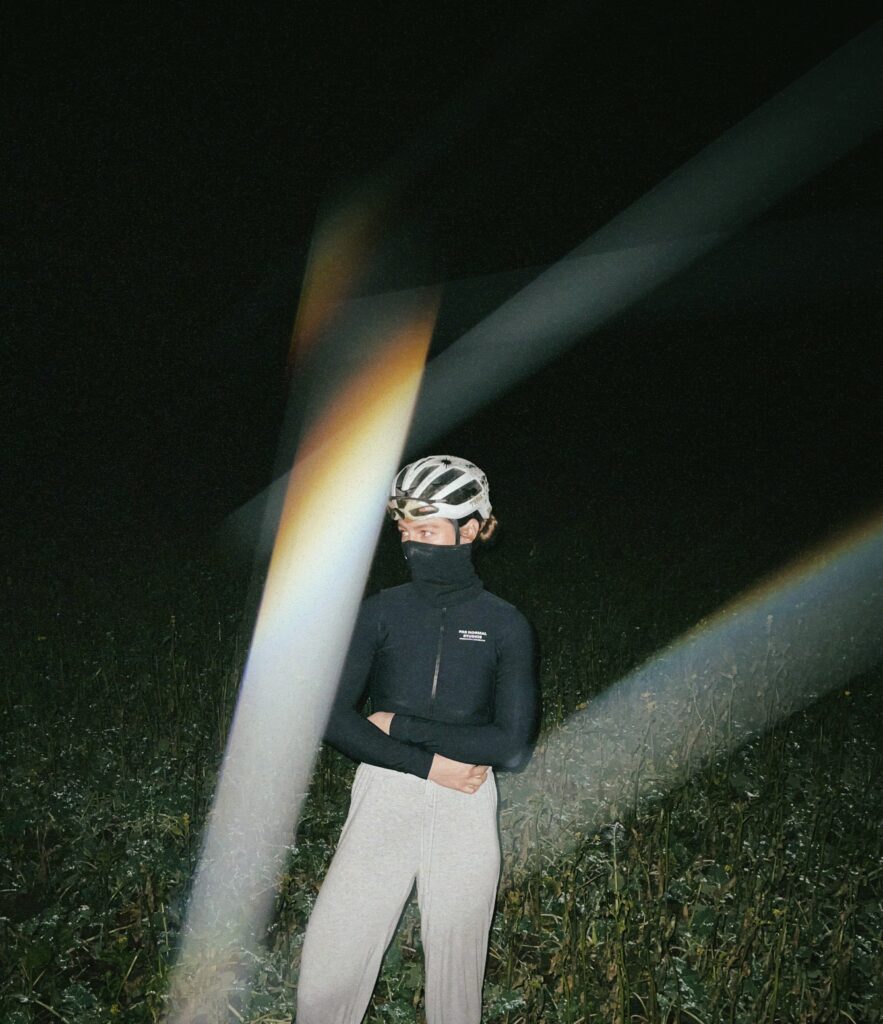

As a naturally competitive person who often rides with a group of men: How do you deal with comparing yourself to them, having in mind that there’s a biological difference in physicality?
Of course you compare yourself to people you surround yourself with, but that’s been a mostly positive thing for me. Comparing myself to people who are just naturally at a higher level has helped me progress. It’s easier to get better if the people surrounding you are at a much higher level. Of course, in other ways, it can also be a little more detrimental comparing yourself to men because physiologically we are different. This kind of showed itself very clearly when it came to fueling, the way our bodies respond to underfueling and to stress. Women, I’ve learned, react to underfueling in such a way, that if you drop off that edge, it’s a cliff. It takes longer to recover, whereas men will rather notice a dip. They might be overtrained but they can usually bounce back quicker. It seems like that cliff is not as steep and tall. That was a big learning curve for me, learning to be wary of these differences.
Can you talk us through that learning process?
A little over a year ago, I began to accept that I had picked up some unhealthy habits over the years, which are quite present in the endurance sport community – much more than is openly talked about. I’ve noticed it is slowly being touched on, especially by a handful of female runners but I haven’t heard much from the cycling scene. I had found myself on a path that started as disordered eating and ended in an eating disorder, which was very much tied to the aesthetics of the sport, not just the performance. Look at the pros, especially the men – everyone is very lean. That is the sport. If that’s what you surround yourself with and what you see, you start looking at your body differently.
Once you start focusing on training and numbers, you do notice that it’s a power to weight sport. These two things in combination, the performance and aesthetic aspects, can lead you down a tricky path. I noticed that I had begun to intentionally restrict my food. I began overtraining. If I ate, I always thought I had to balance that with training. I did that for quite a while until I noticed I was burnt out: I was borderline falling asleep at work, ironically couldn’t sleep at night, my anxiety was through the roof, I couldn’t come down, and finally, I was stuck in bed for one week and a half because I had no energy to even get up. I had also stopped getting my period for months. That was the moment when I realised: Hold on. This is not ok.
“If I ate, I always thought I had to balance that with training.”
I started reading up on it, listening to women who spoke out on the subject. I found women doing really good research on the subject. That made me realise: Ok, if your body doesn’t even have the energy to have a period anymore, that is not a sign you’re training well. That is not a sign of progress. That is a sign that you’re not at your best, and that can lead to further complications down the road.
I’m glad I caught it fairly early and accepted that I had to make a change. I had to slowly work on not feeling guilty for eating, which has been a very long uphill battle. It has not been smooth sailing, it has not been linear progress. There have been lot’s of setbacks, lots of frustrations. Being confronted with how your body changes and not immediately seeing progress in data – for a while I was even seeing myself getting slower – to then remain true to that commitment that you made, to healing this part, to not fall back into old habits, was very tough.
I’m in a very image driven bubble and seeing photos of myself during this process was and still is very hard. It’s been a long, long path but I’d say it was the right choice to make. Now, a bit over a year later, I am finally seeing progress, it’s trending upwards and that’s really exciting. It gives me a big amount of relief because for a while, I wasn’t sure. I wasn’t seeing it in my performance.
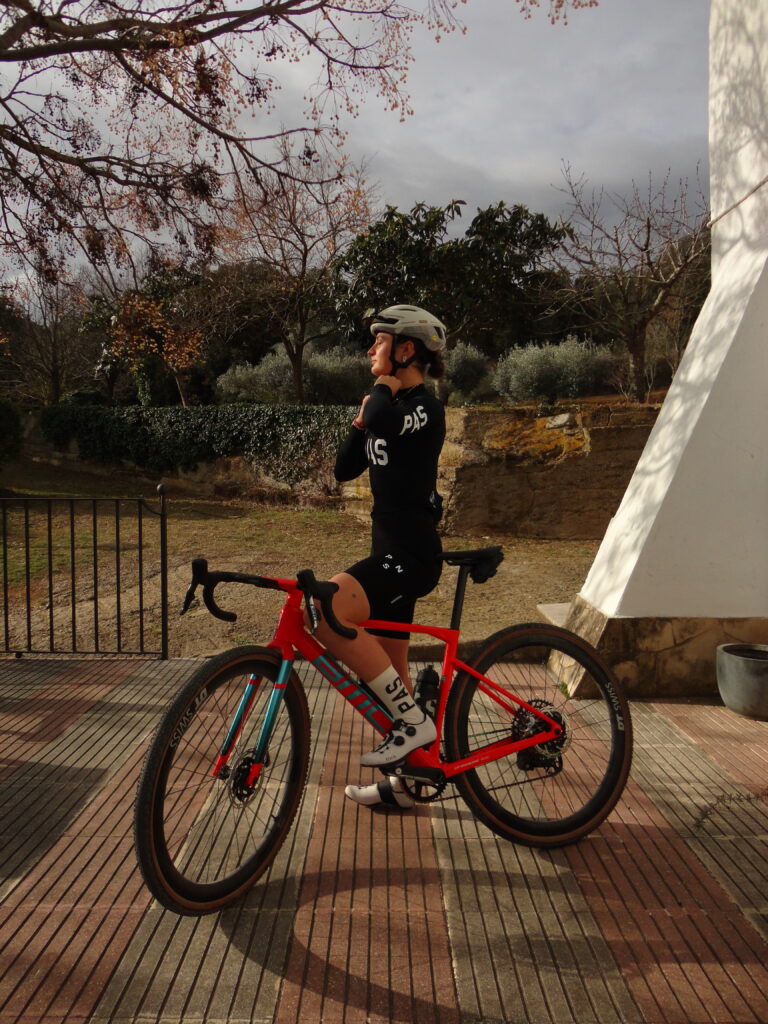

If everyone knows about these issues, why do so few people talk about it?
I don’t know. Maybe I’m stuck in the wrong bubble, but I haven’t seen many cyclists speak up on it. Some runners have been speaking up about it and to be honest, that kind of led the way for me to make a change. Hearing from athletes still being competitive talk about it and saying that they’ve been or are going through it. I’ve also been back and forth on whether I want to speak publicly about it, but then I think about all those athletes to whose stories I listen to, remembering how much that has helped me. I do hope that there’s change at one point and it will be talked about much more openly. The good thing is, that the whole sport is trending towards fueling. Also, when you look at the pro women, it’s amazing to see that all the different body types are performing at crazy high levels. That’s extremely motivating.
As for social media, I have to remind myself, my friends and even my mom: the photos chosen, are chosen. We naturally gravitate towards selecting the photos in which we look “better”. That can paint a slightly warped image. I’m just as guilty of it. Everyone knows that social media is fake, but still subconsciously it will affect you, whether you like it or not.
You’re mentioning the social media aspect of cycling, there are lots of expensive bikes and fancy kits. Do you think that cycling is an inclusive sport?
I really hope it is and in my eyes, it totally is. However, I could see that it also has the potential to come across as elitist. If you see people riding around in top-of-the-line kit on top-of-the-line bikes, that can be quite intimidating and that’s the difficult side of this social media part. Some of us are fortunate enough to work with brands that support us. Realistically, if I had to buy my own things, I would not be riding the best bike and the newest kit. But at the core of it, cycling is still cycling. The fun I had on the first bike I ever bought, a second hand bike that wasn’t expensive – it’s the same feeling I have today. Excitement, lightness, freedom, quality time with friends. It’s the same. That should be the case for everyone, that’s the part that really matters.
All these issues aside: what is it that makes cycling so special?
If you’re riding in a group, you’re on an adventure together. You go through highs and lows and that is such a human experience. That’s what it is. Having these shared experiences in the outdoors.
Pictures by Nils Correvon (3,6), Philipp Schönauer (5) & Joe Rass Court (7)


